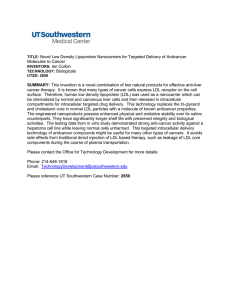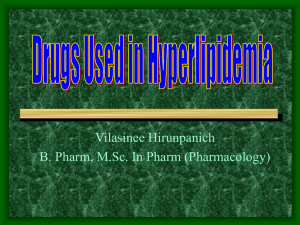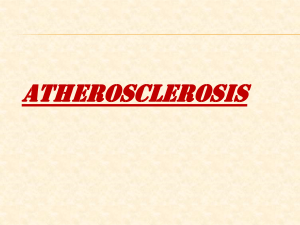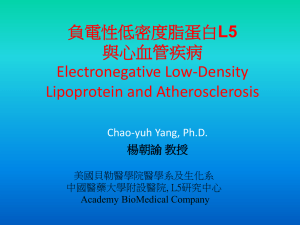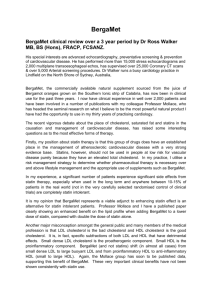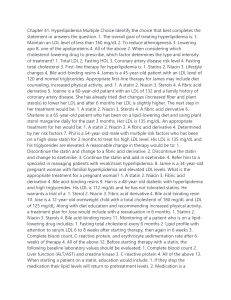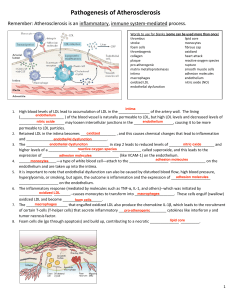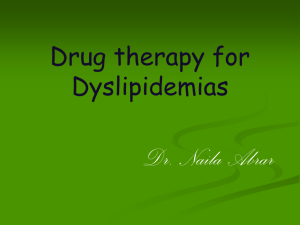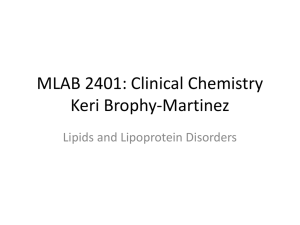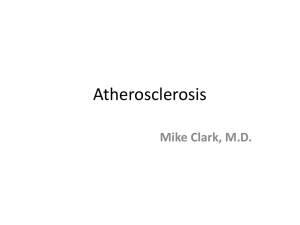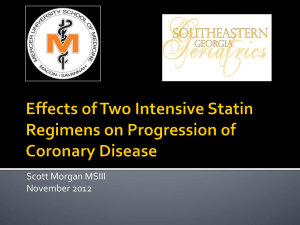New methods for treating Atherosclerosis
advertisement
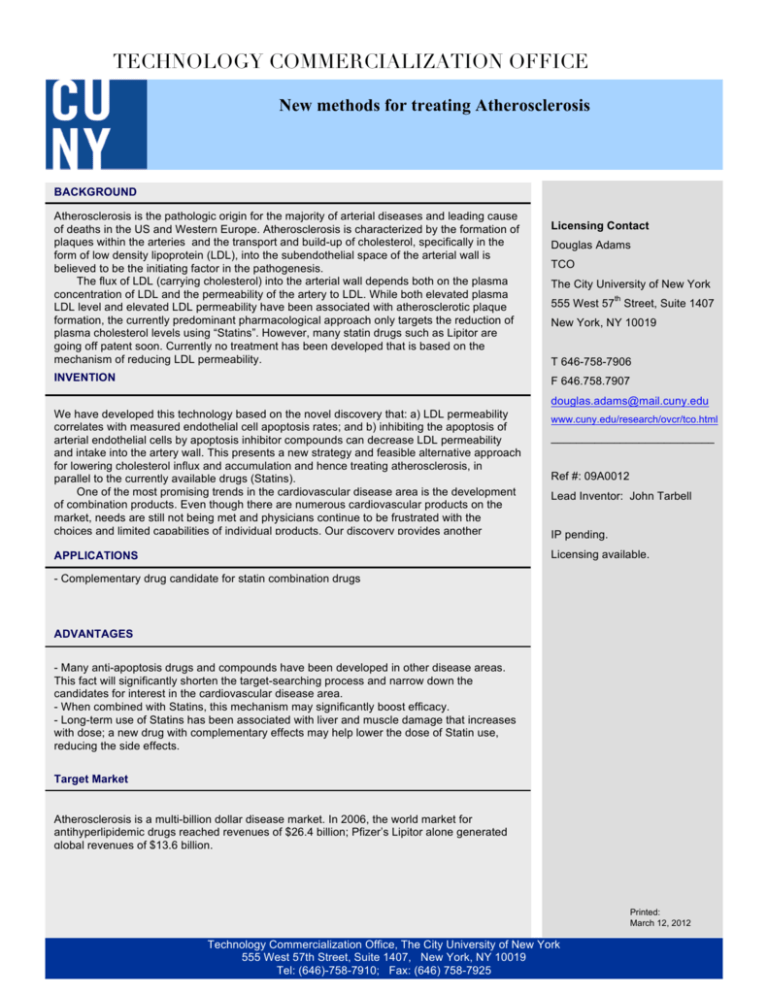
TECHNOLOGY COMMERCIALIZATION OFFICE New methods for treating Atherosclerosis BACKGROUND Atherosclerosis is the pathologic origin for the majority of arterial diseases and leading cause of deaths in the US and Western Europe. Atherosclerosis is characterized by the formation of plaques within the arteries and the transport and build-up of cholesterol, specifically in the form of low density lipoprotein (LDL), into the subendothelial space of the arterial wall is believed to be the initiating factor in the pathogenesis. The flux of LDL (carrying cholesterol) into the arterial wall depends both on the plasma concentration of LDL and the permeability of the artery to LDL. While both elevated plasma LDL level and elevated LDL permeability have been associated with atherosclerotic plaque formation, the currently predominant pharmacological approach only targets the reduction of plasma cholesterol levels using “Statins”. However, many statin drugs such as Lipitor are going off patent soon. Currently no treatment has been developed that is based on the mechanism of reducing LDL permeability. INVENTION Licensing Contact Douglas Adams TCO The City University of New York th 555 West 57 Street, Suite 1407 New York, NY 10019 T 646-758-7906 F 646.758.7907 douglas.adams@mail.cuny.edu We have developed this technology based on the novel discovery that: a) LDL permeability correlates with measured endothelial cell apoptosis rates; and b) inhibiting the apoptosis of arterial endothelial cells by apoptosis inhibitor compounds can decrease LDL permeability and intake into the artery wall. This presents a new strategy and feasible alternative approach for lowering cholesterol influx and accumulation and hence treating atherosclerosis, in parallel to the currently available drugs (Statins). One of the most promising trends in the cardiovascular disease area is the development of combination products. Even though there are numerous cardiovascular products on the market, needs are still not being met and physicians continue to be frustrated with the choices and limited capabilities of individual products. Our discovery provides another strategy for generating combination drugs involving Statins. APPLICATIONS www.cuny.edu/research/ovcr/tco.html __________________________ Ref #: 09A0012 Lead Inventor: John Tarbell IP pending. Licensing available. - Complementary drug candidate for statin combination drugs ADVANTAGES - Many anti-apoptosis drugs and compounds have been developed in other disease areas. This fact will significantly shorten the target-searching process and narrow down the candidates for interest in the cardiovascular disease area. - When combined with Statins, this mechanism may significantly boost efficacy. - Long-term use of Statins has been associated with liver and muscle damage that increases with dose; a new drug with complementary effects may help lower the dose of Statin use, reducing the side effects. Target Market Atherosclerosis is a multi-billion dollar disease market. In 2006, the world market for antihyperlipidemic drugs reached revenues of $26.4 billion; Pfizer’s Lipitor alone generated global revenues of $13.6 billion. Printed: March 12, 2012 Technology Commercialization Office, The City University of New York 555 West 57th Street, Suite 1407, New York, NY 10019 Tel: (646)-758-7910; Fax: (646) 758-7925

